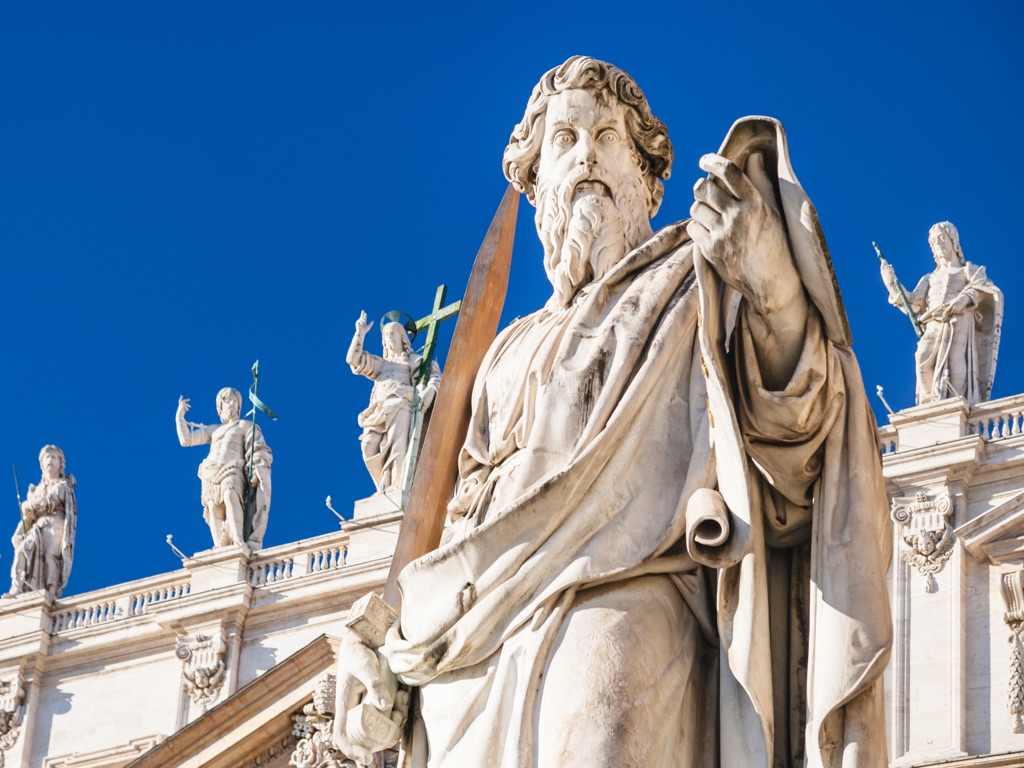For most of my life, I thought the secret to success was learning more. I devoured books, made vision boards, filled out endless checklists, and soaked in every podcast and article I could find. But I stayed stuck. It finally hit me: thinking about a better life isn’t the same as living one. In this post, I want to share how I moved from endless planning to powerful action — and how you can too.
My Life as a “Shelf-Help” Scholar
I used to be the ultimate advice collector. I had notebooks filled with ideas, a website dedicated to “what I learned today,” and a bookshelf groaning under the weight of self-help books. I loved learning. I just didn’t love doing.
And because I wasn’t taking action, I felt like a fraud in my own life — theoretical Jill, dreaming up new lives I never actually lived.
I realized that unless I started acting, I was just hallucinating a better future instead of creating it.
The Game-Changer: Small Steps
When I finally decided enough was enough, I knew I couldn’t overhaul my entire life overnight. I needed to find a way to make action feel manageable.
That’s when I started taking small steps. Not huge, intimidating leaps — just tiny daily actions. Things like answering an email immediately if it took under two minutes. Doing five minutes of stretching in the morning. Saving a few dollars a week instead of trying to budget my whole life at once.
Small steps built momentum. Momentum built confidence. And confidence created real change.
How I Made Action My New Habit
Over time, I found a handful of strategies that worked for me:
- The Two-Minute Rule: If something takes less than two minutes, I just do it immediately. No second-guessing.
- Habit Stacking: I linked new habits with existing ones. For example, right after brushing my teeth, I would floss — no decision-making needed.
- Reducing Friction: I set up my environment so it was easier to act. I bought an extra pair of sneakers just to leave in my workout room so I couldn’t make excuses.
- Scheduling Life: I stopped leaving important things to chance. I started scheduling workouts, errands, even personal goals into my calendar just like work meetings.
Each of these strategies gave me a little more control and made it easier to keep moving forward.
Connecting to My Why
I realized if I didn’t know why I was doing something, motivation would vanish fast.
When I didn’t feel like exercising, I reminded myself of the big hike I want to take in Spain someday. That vision pulled me through the tough days when willpower alone wouldn’t cut it.
Knowing my “why” gave every small, annoying task a sense of meaning.
How I Beat Procrastination
One tool that completely changed how I approach action is the Five Second Rule from Mel Robbins.
When I feel hesitation creep in, I count down: 5-4-3-2-1, and then I just go. I don’t allow my brain to talk me out of it. It’s so simple but so powerful.
I’ve also learned to use five-minute timers to start dreaded tasks. If I just clean for five minutes or write 200 words, that’s a win. Starting is always the hardest part, but once I get going, it’s easier to keep moving.
Why I Had to Stop Over-Researching
When I wanted to lose weight, I wasted years researching the “perfect” diet. Keto, paleo, intermittent fasting — I read it all. But I wasn’t doing anything.
If I had simply chosen one method and stuck to it imperfectly, I would have been so much further ahead.
Now, I set limits: I allow myself to read two books on a topic, then I must pick one thing and act.
Learning is wonderful. But action is what changes everything.
Conclusion: Be the Hero by Taking Action
If I could give one message to anyone feeling stuck, it would be this: stop dreaming and start doing.
You don’t need more courses, more podcasts, or more books. You need more small, consistent action.
You already have everything inside you to change your life. 5-4-3-2-1 — go.
Be the hero of your own story. Because real heroes? They don’t just dream. They act.
You have everything you need to begin today. 5-4-3-2-1 — Go!





